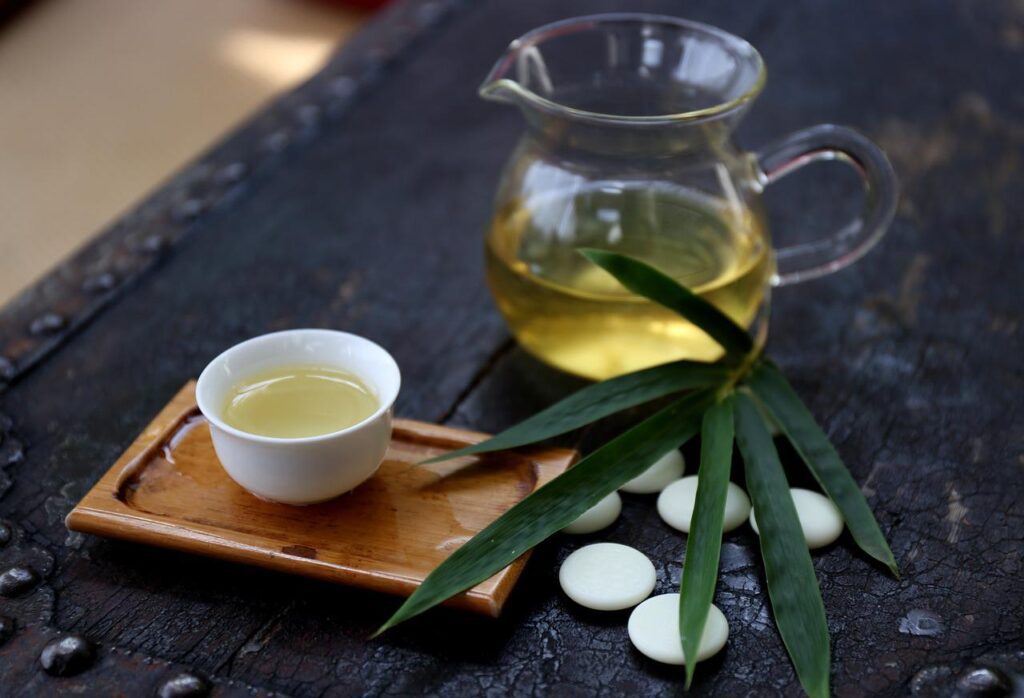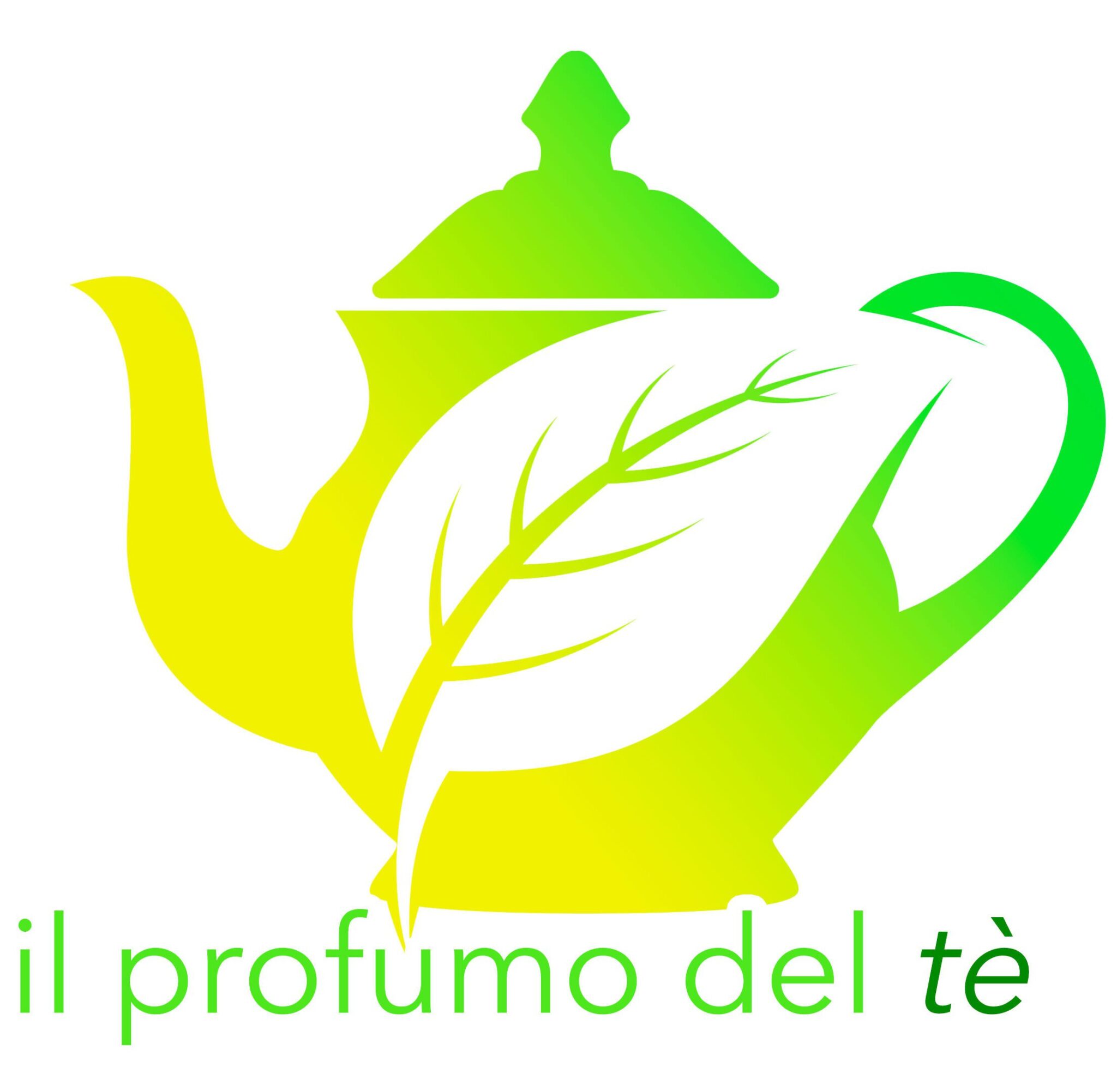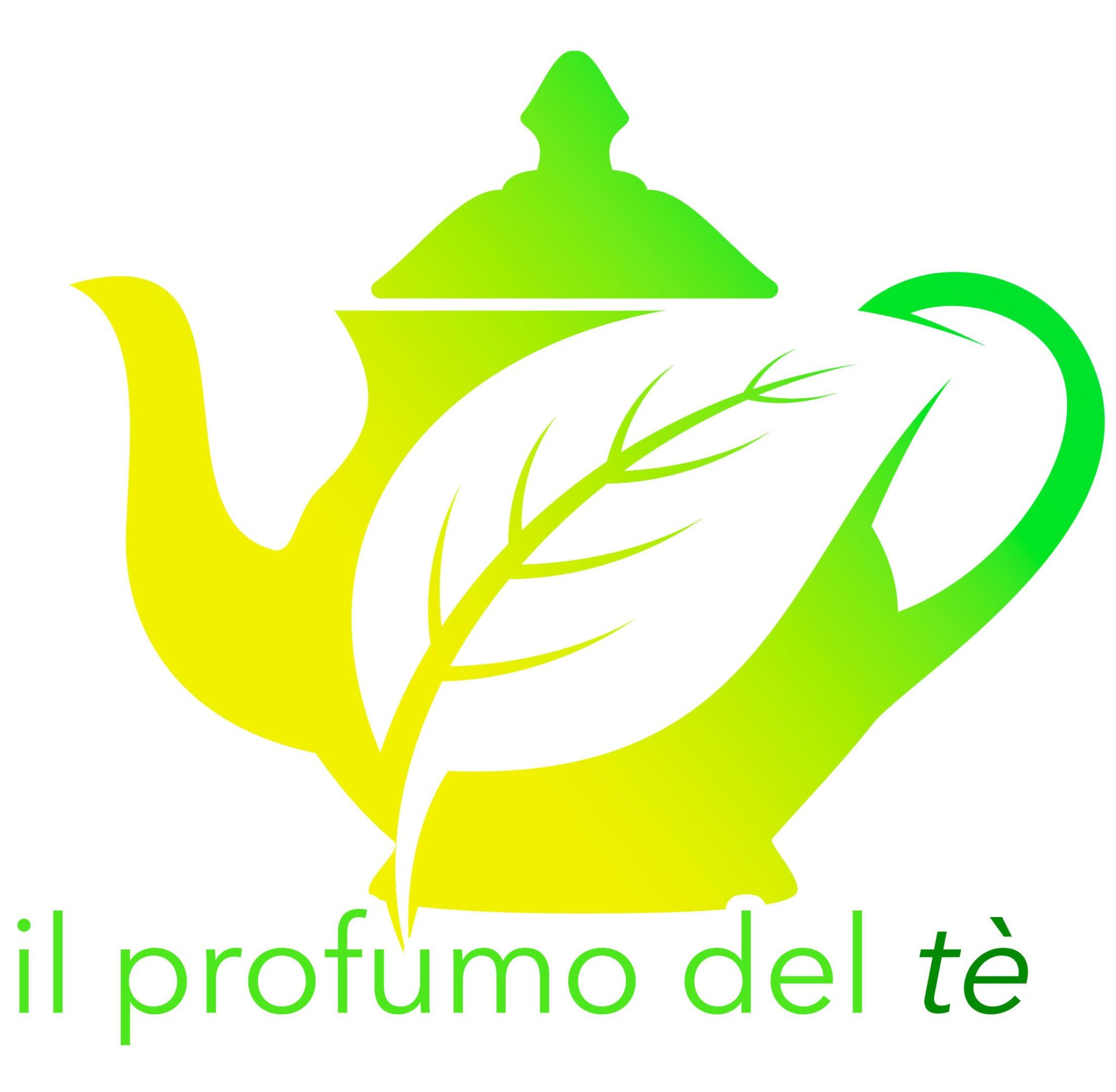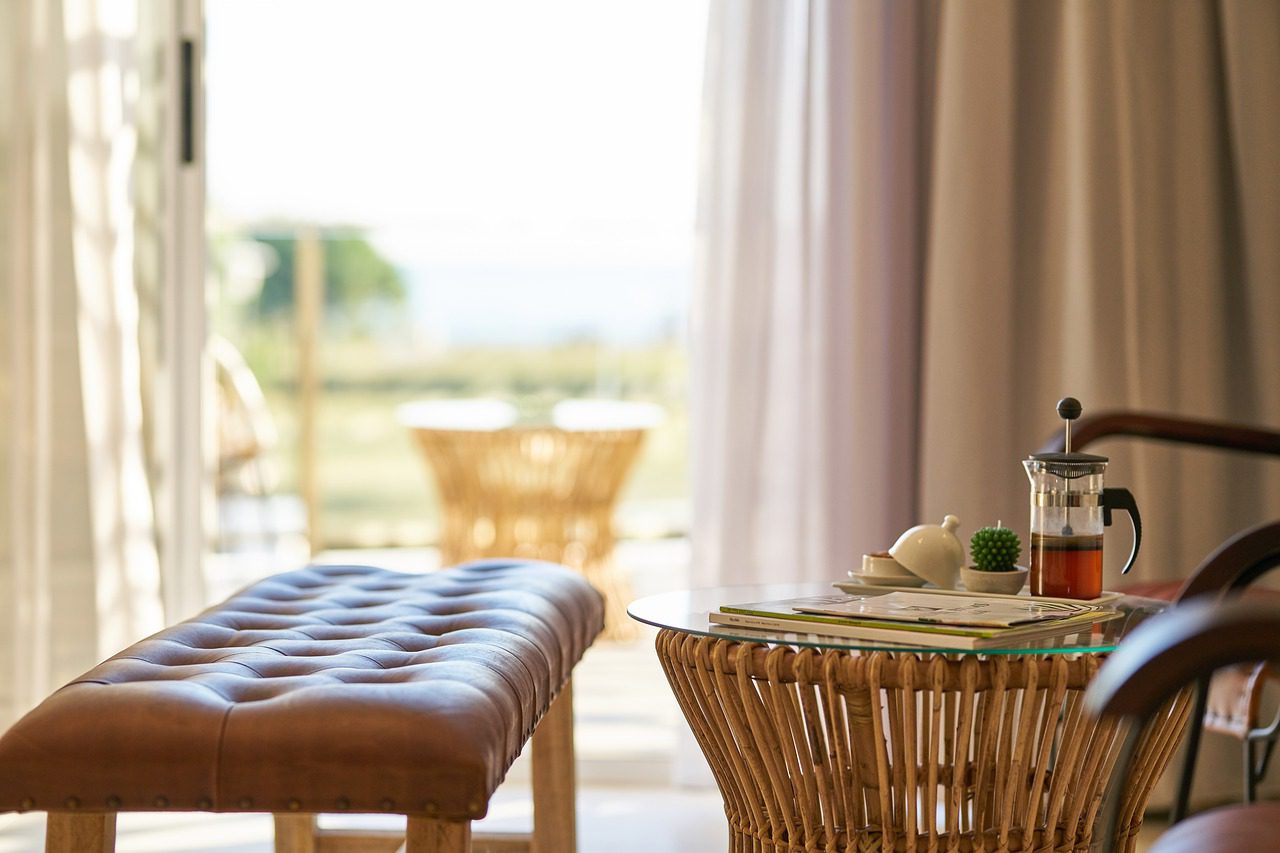In Cina, vivere in armonia con l’ambiente è rappresentato dal Feng Shui, che significa rispettivamente “vento” ed “acqua” ed è l’arte taoista di sapersi collocare nell’ambiente nel miglior modo possibile. Le stanze del tè sono solitamente ordinate e pulite, così come i tavolini per il rito tradizionale, perché secondo questa filosofia facendo ordine nel nostro ambiente, facciamo ordine dentro noi stessi.
Creare la nostra stanza del tè o il nostro personale rito, ci permette di esprimere e manifestare parti di noi e di lavorare sui nostri vissuti. Abbellire il nostro luogo del tè ci permette di esprimerci e quindi esso rispecchia la nostra personalità.
Per questo motivo è fondamentale avere un rapporto positivo col proprio ambiente ed essere in armonia con esso.
In Giappone invece la stanza del tè si chiama Sukija ed è preceduta da un portico e da un giardino detti Machiai e Roji. Essa non può contenere più di cinque ospiti e ha un aspetto semplice e pulito. Ricorda un piccolo monastero zen ed è dotata di una piccola porta alta non più di un metro che sta ad indicare l’atto di inchinarsi come gesto di umiltà. All’interno la luce è soffusa e troviamo un piccolo altare detto Tokonoma dotato di una composizione floreale.
Questa tipologia di stanza la troviamo nel film “Morte di un maestro del tè” di Kei Kumai dove i concetti del teismo e della cerimonia del tè sono espressi seguendo gli antichi canoni orientali.
La stanza del tè deve essere il luogo dove ricaricarsi eliminando pensieri negativi che accumuliamo nell’arco della giornata, per questo deve piacerci anche a livello estetico e darci una sensazione di benessere tutte le volte che decidiamo di fermarci e rilassarci bevendo un tè.
In Danimarca invece questo concetto viene denominato “hygge” ovvero la sensazione di sentirsi “a casa” e di saper stare bene con le piccole cose della vita, creando un ambiente confortevole, come il semplice gesto di leggere un libro sul divano con una coperta calda sorseggiando un infuso dalla tazza.
Questo modo di “coccolarsi” nella propria stanza trasmette un senso di sicurezza e accoglienza e più anche l’arredamento è in linea coi nostri desideri ed emozioni più ci sentiremo bene nel nostro rifugio.

Il Feng Shui è la capacità di collocarsi nell’ambiente, nel miglior modo possibile.
Tea Room

In China, living in harmony with the environment is represented by Feng Shui, which means respectively “wind” and “water” and is the Taoist art of knowing how to place oneself in the environment in the best possible way. The tea rooms are usually tidy and clean, as are the tables for the traditional ritual, because according to this philosophy, by putting order in our environment, we make order within ourselves.
Creating our tea room or our personal ritual allows us to express and manifest parts of ourselves and to work on our experiences. Beautifying our tea place allows us to express ourselves and therefore it reflects our personality.
For this reason it is essential to have a positive relationship with your environment and to be in harmony with it.
In Japan, on the other hand, the tea room is called Sukija and is preceded by a portico and a garden called Machiai and Roji. It cannot hold more than five guests and has a simple and clean look. It is reminiscent of a small Zen monastery and is equipped with a small door no more than one meter high which indicates the act of bowing as a gesture of humility. Inside, the light is soft and we find a small altar called Tokonoma with a floral composition.
We can find this type of room in the film “Death of a tea master” by Kei Kumai where the concepts of theism and the tea ceremony are expressed following the ancient oriental canons.
The tea room must be the place to recharge by eliminating negative thoughts that we accumulate throughout the day, which is why we must also like it on an aesthetic level and give us a feeling of well-being every time we decide to stop and relax with a tea.
In Denmark, however, this concept is called “hygge” or the feeling of feeling “at home” and knowing how to be comfortable with the little things in life, creating a comfortable environment, like the simple gesture of reading a book on the sofa with a warm blanket. sipping an infusion from the cup.
This way of “cuddling” in your room conveys a sense of security and welcome and the more the furniture is in line with our desires and emotions, the more we will feel good in our refuge.

Creare la nostra stanza personale del tè dove rigenerarci genera un senso di benessere.



No responses yet